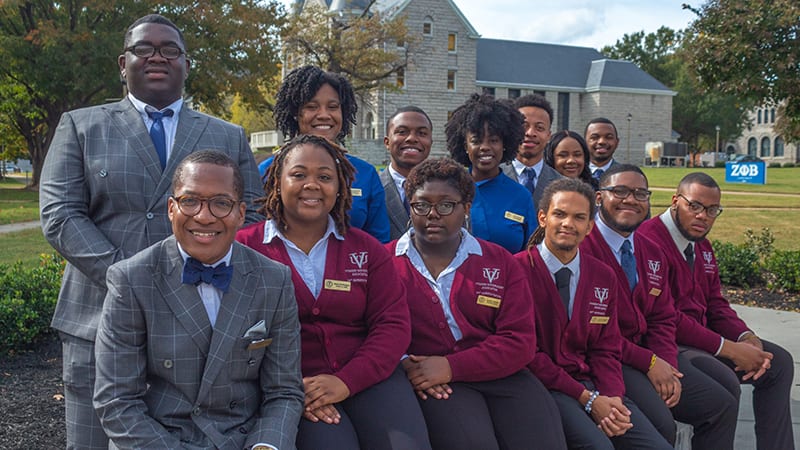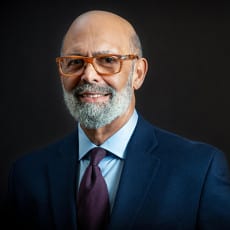America’s Path Forward to Building Equity in Higher Education

The following op-ed appeared in The Hill (thehill.com) on March 31, 2021
For low-income, first-generation students of color, the American Dream is fading because education is not attainable, not accessible and certainly not affordable.
Since Reagan-era cuts to Guaranteed Student Loans and Pell Grants, society’s most vulnerable students have been forced into extreme debt. And this isn’t just because of the cost of tuition. Education expenses — such as the $400 to $1,800 spent solely on course materials each year — prevent lower-income students from graduating in four years and contribute to the 90 percent of first-generation students who drop out entirely.
So, where do we go from here?
We know that low-income and people of color have been hit the hardest by COVID-19 and have the highest unemployment rate. We also know that the Biden administration is focused on moving low-income Americans out of poverty. For any jobs legislation to actually work, education must be the cornerstone of economic recovery plans.
Education gives people who are at the bottom of the economic ladder a chance to land good-paying jobs. It is a primary enabler for social mobility, and we encourage Congress and the Biden administration to prioritize the following initiatives:
- We must double the dollar value of Pell Grant awards for low-income student scholarships. The Biden administration committed to this during the campaign, and it could reduce loan reliance and improve education attainability.
- We need investments, policies and funding for non-traditional, affordable learning that allows students to land stable jobs and achieve long-term professional success. More affordable institutions like community colleges and historically Black colleges and universities (HBCUs) need funding to build programs that equip graduates with career-ready skill sets to help them thrive in the job search.
- We must normalize and de-stigmatize non-traditional education paths, such as community colleges, online certification programs and more, to ensure these students have equal employment opportunities. The U.S. may be one of the only countries where a stigma around vocational and technical training still exists. In Europe, countries like Germany, Austria and Switzerland, have long seen vocational education as a pathway to the middle class and an effective system to provide students with the skills they need to further their career. Here in America, two-thirds (65 percent) of all open jobs require a bachelor’s or associate’s degree, which eliminates career paths for millions of Americans, especially people of color. Yet, businesses continue to penalize applicants who follow untraditional education paths as nearly two-thirds (61 percent) of business and HR leaders admit to tossing out resumes without four-year degrees, even if the applicant was qualified.
- We need policies that incentivize institutions to create career-ready students versus simply growing enrollment numbers. Such policies could include rewarding institutions who invest in co-ops or internships that directly link students’ educational experience to meaningful employment opportunities. For example, the United Negro College Fund has created programs that integrate career preparation, certification(s) and internships into HBCU course curricula. This approach has contributed to graduates’ upward mobility with a full-time working HBCU graduates earning $927,000 more throughout a lifetime, while also generating $14.8 billion annually for our economy. We should replicate this approach in every institution.
- We must rethink the notion that every student enters college as a freshman and completes a degree in four years. The reality couldn’t be farther from the truth as 39 percent of today’s students attend school part-time to juggle work and/or their family life. We must make it easier to balance “real life” with an education. Students should also have access to career counselors to help them plan out their path, build credentials and take on jobs that will help them to achieve their goals.
We realize we don’t have all the answers. As a Black academic and a German immigrant who runs a for-profit learning company, we’re unlikely partners with varying viewpoints on how to transform American education. But this is exactly why we need more partnerships like ours. We must bring academia, corporations and government together to share ideas, learn from each other and build solutions that make education more attainable for all students, and especially low-income, first-generation, and students of color.
 Michael Hansen is the Chief Executive Officer of Cengage, an education technology company serving millions of learners worldwide.
Michael Hansen is the Chief Executive Officer of Cengage, an education technology company serving millions of learners worldwide.

Michael L. Lomax, Ph.D., is the president and Chief Executive Officer of the United Negro College Fund (UNCF) and was recently appointed to serve on Cengage’s Board of Directors.